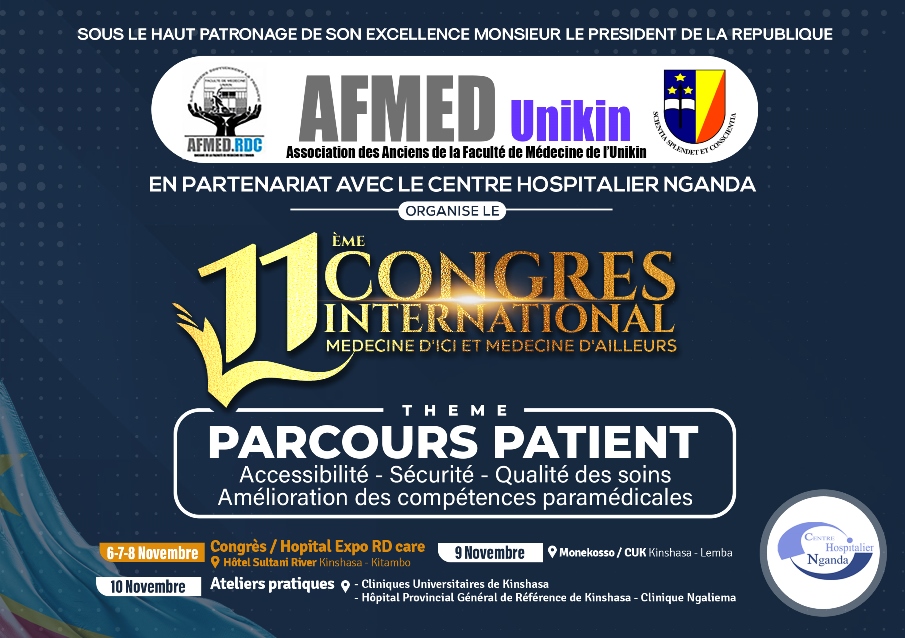Loukia Aketi , Joseph Shiku Diayisu , Pierre Tshibassu , Zacharie Kashongwe , Toni Lubala Kasole , Adolphine Nkwadiolandu, Dad Mande and Patrick Kayembe Kalambay
Aims: The aim of this study is to describe the epidemiologic, clinic profile and outcomes of childhood Tuberculous Meningitis (TBM) in the 3 university hospitals of the Democratic Republic of Congo (DRC). Study Design: This study is designed as a retrospective study. Place and Duration of Study: The study was conducted at the University Hospitals of the DRC (University Hospital of Kinshasa, Kisangani and Lubumbashi) from January 2005 to December 2014. Methodology: This study is a 10 year review that was conducted from 2005 to 2014 using the medical records of children less than 15 years old who were hospitalized for TBM as defined by clinical and paraclinical parameters. Of the 5997 patients admitted for TBM, 42 (0.7%) were children less than 15 years old, but only 31 cases met the selection criteria. Results: The mean age was 4.3 years (range of 3 months to 14 years). The main symptoms were fever (80.6%), weight loss (41.9%) and alterations in consciousness (70.9%). The main physical symptoms were neck stiffness and signs of meningeal irritation (61.2%) and cranial nerve palsy (32.2%). One (3.2%) patient was classified as stage I, 12 (38.7%) as stage II, and 18 (58.5%) as stage III. Three cases were coinfected with HIV (38.7%). There were a total of 95.6% cases of pleocytosis, 58.1% of lymphocytic pleocytosis, 35.4% of neutrophilic pleocytosis, 91.6% with an increase in proteins, 91.6% with low glucose and 16.6% with low chloride. Eleven (35.5%) patients were cured, 11 (35.5%) had sequelae, and 9 (29.0%) died. The bivariate analysis showed an association between the time before consultation (P=.004), the waiting period before diagnosis after hospitalization (P=.003), TB contact (P=.046), nutritional status (P=.001), weight loss (P=.012) and a poor outcome. From the logistic regression, only the nutritional status (P=.001) was associated with a poor outcome. Conclusion: More than half of the patients were in contact with health care services at an advanced stage. There was a significant association between the time before consultation, the waiting period before diagnosis, TB contact, nutritional status and a poor outcome. Generally, TBM poses diagnostic and prognostic challenges in DRC
SCIENCEDOMAIN international
www.sciencedomain.org









